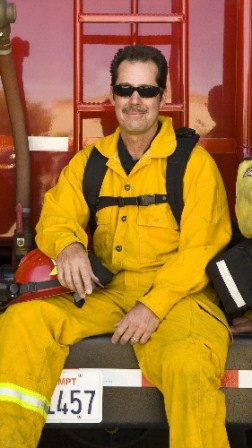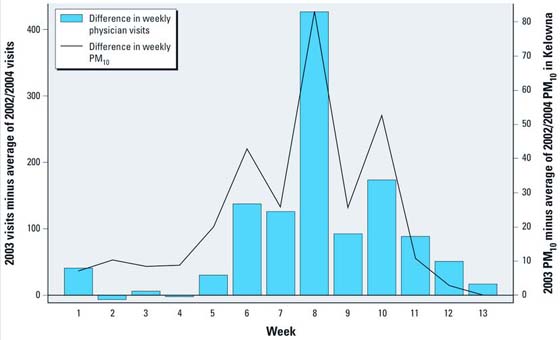Dr. Brent Ruby is a professor at the University of Montana who studies extreme physiology, including how wildland firefighting impacts the body. In 2011 we wrote an article titled The myth of drinking water which included the results of some of Dr. Ruby’s research, as well as his thoughts about the firefighter hyperthemia fatality on the CR 337 fire in Texas.
Men’s Journal has an interesting article featuring Dr. Ruby and some of his recommendations for firefighters. Below is an excerpt:
****
“Workouts should mirror job demands.
Rather than banging out a 10k in featherweight running sneakers every morning, crewmembers should go for long hikes on steep trails wearing a heavy backpack and clunky boots. “Hiking with a heavy load – that’s job-specific aerobic training.”
Eat constantly.
Ruby has found that to be safely working at peak condition, they should consume 4,500 calories a day with a number of “eating episodes.” If what’s supposed to be an eight-hour shift turns into a 12-hour shift, Hotshots should have easy access to quality calories. “They need an elaborate food plan that accommodates unpredictable shifts. We envision giving them ownership of the menu, where they can mix and match 12 items,” he says.
Aim for variety in calories.
Ruby suggests packing a high-quality red meat for protein; several types of fresh fruit; carbs in the form of oats and rice; carrots and broccoli for diversity; and loads of dried fruits and nuts. “They need foods that satisfies and doesn’t leave them focusing on how hungry they still are,” Ruby says. “Their job is fire suppression. As soon as they’re distracted from fire suppression, other risks crop up.”
Drink water – and lots of it.
The best way to think about hydration, according to Ruby, is in terms of “water turnover” over a 24 hour period, or how much water you take in and dump out through sweat and urine. On average, the water turnover for Hotshots is 7 to 9.5 liters a day. “You have to make sure you’re taking in somewhere in that range – probably a liter more than you’re putting out,” he says. Being sufficiently hydrated alone, however, isn’t going to stop you from overheating in a high-stress situation, warns Ruby.”




